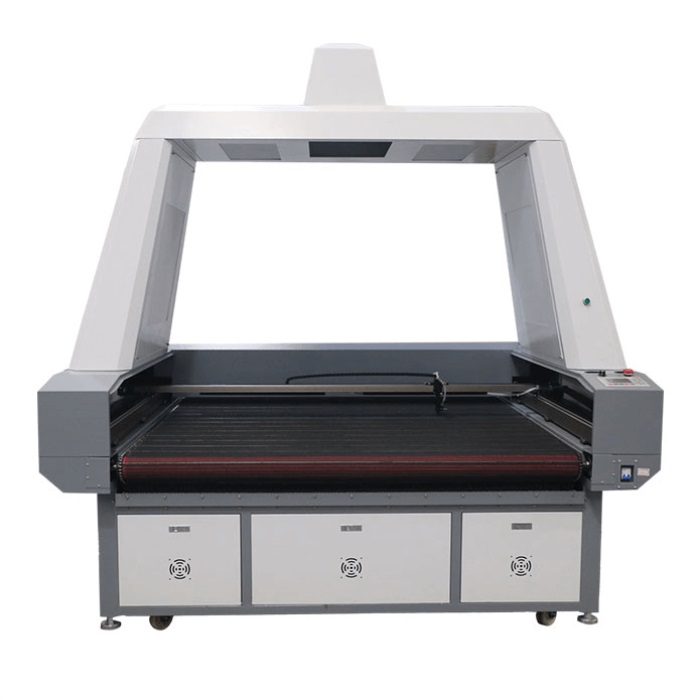The three main types of Laser Cutters are:
1. CO2 Laser Cutter: CO2 laser cutters use a carbon dioxide gas laser to generate the laser beam. This type of laser is commonly used for cutting non-metallic materials such as wood, acrylic, paper, fabric, and leather. CO2 lasers are versatile, efficient, and offer high cutting speeds. They are widely used in industries such as signage, packaging, textiles, and crafts.
2. Fiber Laser Cutter: Fiber laser cutters use a fiber-optic laser source that is amplified through rare-earth elements like erbium, ytterbium, or neodymium. These lasers are primarily used for cutting metals, including steel, aluminum, brass, and copper. Fiber lasers offer high power, excellent beam quality, and fast cutting speeds, making them suitable for industrial applications such as metal fabrication, automotive, and aerospace.
3. Nd:YAG Laser Cutter: Nd:YAG (Neodymium-doped Yttrium Aluminum Garnet) laser cutters use a crystal medium to generate a laser beam. They are typically used for cutting thin metals and also for certain non-metallic materials. Nd:YAG lasers can deliver high-energy pulses, making them suitable for precision cutting tasks. However, they may have slower cutting speeds compared to CO2 and fiber lasers. These cutters find applications in jewelry making, electronics, and medical device manufacturing.
Each type of laser cutter has its own advantages and is designed for specific cutting applications. The choice of laser cutter depends on the material to be cut, the desired cutting speed, precision requirements, and other factors.

Our Automatic Laser Cutting Edge Machine
The automatic Laser Cutting Edge Machine is a high-precision cutting tool that utilizes laser technology to cut various materials with precision and efficiency. It is widely used in industries such as manufacturing, automotive, aerospace, electronics, and more.
Here are some key features and benefits of an automatic laser cutting edge machine:
1. Precision: Laser cutting offers exceptional accuracy and precision, allowing for intricate and complex cutting designs with tight tolerances.
2. Speed: The automated nature of the machine, coupled with the high cutting speed of lasers, results in fast and efficient production processes.
3. Versatility: Laser Cutting Machines can cut a wide range of materials, including metals (such as steel, aluminum, and titanium), plastics, wood, fabrics, leather, and more.
4. Contactless cutting: Laser technology eliminates the need for physical contact with the material, reducing the risk of damage or contamination.
5. Minimal waste: Laser cutting produces minimal waste material due to its narrow kerf width, optimizing material usage and reducing production costs.
6. Complexity: Laser cutting can create intricate designs, patterns, and shapes that may be difficult or impossible to achieve with traditional cutting methods.
7. Automation: An automatic laser cutting edge machine can be integrated into a production line with other automated processes, increasing overall efficiency and productivity.
8. Quality: Laser cutting delivers high-quality cuts, ensuring clean edges and minimal burrs, reducing the need for post-cutting finishing.
It's important to note that specific features and capabilities may vary depending on the manufacturer and model of the automatic laser cutting edge machine.